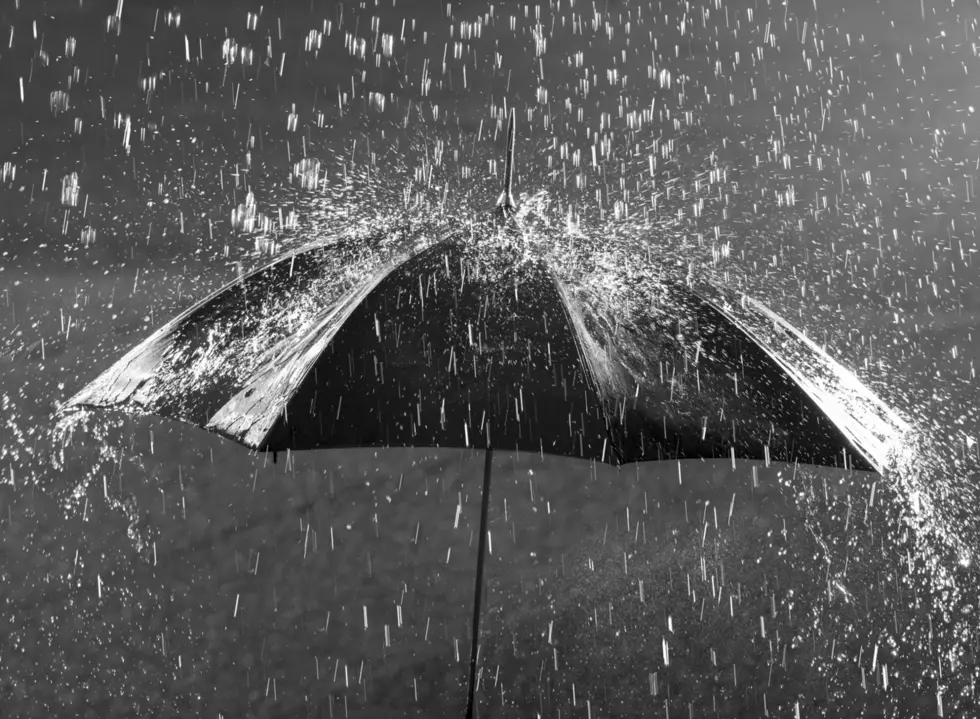Forecasts issued at:- 1800 NZST Sun 18 Apr 2021 (0600 GMT Sun 18 Apr 2021). Integrated into Rain's all-in-one system. CLOUD-BASED POINT OF SALE Manage inventory and make sales from any location, all you need is an Internet connection, Wi-Fi, or a mobile hotspot. 2.6m Followers, 104 Following, 687 Posts - See Instagram photos and videos from RAIN♥ (@rainoppa). Rain definition: 1. Drops of water from clouds: 2. The season of the year in tropical countries when there is a lot. RAIN- Rescue Animals in Need Inc is a 501c3, no-kill animal rescue organization dedicated to reducing the number of pets in need through public education and spay/neuter of all of our animals. RAIN is always seeking donations, volunteers, and additional foster homes. Thank you for your support!

What causes rain?
Come to think of it, what makes it snow, hail, and sleet?
All these forms of water don’t fall out of a clear, blue sky. You need clouds. But what makes clouds?
Clouds form from water or ice that has evaporated from Earth’s surface, or from plants that give off water and oxygen as a product of photosynthesis. When it evaporates—that is, rises from Earth’s surface into the atmosphere—water is in the form of a gas, water vapor. Water vapor turns into clouds when it cools and condenses—that is, turns back into liquid water or ice. In order to condense, the water vapor must have a solid to glom onto. This solid “seed” may be a speck of dust or pollen, or a drop of water or crystal of ice. Dew is water vapor that has condensed back onto Earth’s surface—on grass or a car’s windshield, for example.
Rainbow
In the cloud, with more water condensing onto other water droplets, the droplets grow. When they get too heavy to stay suspended in the cloud, even with updrafts within the cloud, they fall to Earth as rain. If the air in the cloud is below the freezing point (32 °F or 0 °C), ice crystals form; if the air all the way down to the ground is also freezing or below, you get snow. However, if the layers of atmosphere within the cloud, and between the cloud and the ground, alternate between warmer than freezing and colder than freezing, you get other kinds of precipitation.
For example, if a snowflake falls through a warmer part of the cloud it can get coated with water, then frozen again as it’s tossed back into a colder part. It can go round and round, adding more and more layers of new ice. When it’s too heavy to stay up, what finally comes down is hail. If the updrafts in a thunder cloud are strong enough, the hail stones can get pretty big before they become too heavy to stay up. Hail stones can range from pea size to golf ball size, and up! A new record for the largest hailstone ever was set in 2010! It fell on July 23, in Vivian, South Dakota. It was 8 inches in diameter, 18.62 inches in circumference, and weighed 1.93 pounds. That could put a real dent in your day!
Hail can cause a lot of damage to buildings, cars, and especially crops. However, freezing rain can be even worse. Freezing rain occurs when the conditions are just 'right.' Falling snow encounters, first a layer of warmer air, which melts the snowflakes, and then, just above the surface of Earth, a very cold layer, which makes the liquid water “super-cooled,” ready to freeze up at the slightest hint of encouragement. Now, when the super-cooled rain hits colder-than-freezing ground and objects near the ground (such as roads, trees, and power lines)—snap! Just like that, the about-to-freeze rain turns to ice. The ice coats everything with a thin, sometimes transparent, frozen film. As more rain falls, the coating becomes thicker. The ice can become so thick and heavy that tree limbs snap and fall across power lines, or the power lines themselves just sag and sag until they snap.
Credit: NOAA.
Clouds are the key element of the water cycle, since they are the transporters that move water from one place on Earth to another. They are also important in determining how much of the Sun’s energy is absorbed and trapped in the atmosphere. They are thus very important in altering the temperature of the air and Earth’s surface. The warmer the air, the more water it can hold. The warmer the oceans, the faster water evaporates from them. Surface winds also increase evaporation. (Notice that after a rainstorm, the road dries faster if it is windy.) And the more water in the air, the more the sun’s energy is trapped, making things still warmer.
A GOES-16 image of the significant storm system that crossed North America. It caused freezing and ice that resulted in dangerous conditions across the United States on January 15, 2017.
Satellites are important tools for atmospheric scientists and weather forecasters. Current weather satellites give scientists information about how clouds look from the top, and even how high they are. Scientists use data from the Geostationary Operational Environmental Satellite-R (GOES-R) series satellites, along with data from NASA's Global Precipitation Mission, to study precipitation, rainfall and hurricanes.

Together, these satellites provide images and other data about the atmosphere that enable meteorologists (who study short-term weather) and climatologists (who study long-term climate change) to study Earth water cycle. It is the job of the National Oceanic and Atmospheric Administration (NOAA) to build and launch (with NASA’s help) and to operate two different types of environmental satellites.
Rain Internet

Snow Crystals
These snowflake photos were taken by Kenneth Libbrecht of Caltech, using a special snowflake photomicroscope. They show real snow crystals that fell to Earth.

Rain Barrels
Credit Kenneth G. Libbrecht, Caltech.

